
In the condition of slow consumption of agricultural products and products, prices of grass goats are still maintained in the market and are always in a state of not being available for sale. This is the economic development direction of grass goat raising households in Tu Ly commune (Da Bac).

Ms. Do Thi Loan, Hao Tan hamlet, Tu Ly commune (Da Bac) takes care of her family's goats.
At around 7am, Ms. Do Thi Loan in Hao Tan hamlet, Tu Ly commune, brought a cart of grass home. She said: I take advantage of going to the field at 6am to cut grass, it takes about 20 minutes to put it in the cutter and the goats will have food all morning. In the afternoon, the goats will graze in the forest behind the house. Up to now, the grass goat breed has always been favored by the market. Recently, although many types of livestock and poultry have decreased in price, goat meat still costs 150,000 VND/kg, when scarce it increases to 170,000 VND/kg. This breed of goat is easy to raise, healthy, has few diseases and gives birth well. However, to raise it, it is mandatory to raise it in the form of grazing on hills or semi-grazing. When grazed, the goats are healthy and do not need to be supplemented with much food.
Near Ms. Loan's house is Mr. Dang Van Nam's house. Previously, Mr. Nam's family invested in raising pigs, but due to high feed prices and unstable output, he found that raising grass goats was effective and suitable for local conditions, so he switched to raising goats. At first, he raised 2 pairs of goats, but after 1 year of raising them, he saw that they were favorable and continued to increase the herd for high economic efficiency. Up to now, his family's herd has 50 goats, including 16 female goats. Female goats give birth twice a year, each litter has 1-3 goats. Each year, his family sells 70 commercial goats, weighing 25-30kg/goat, selling for 150,000 VND/kg. Mr. Nam said: My family chose grass goats to raise because they are suitable for local grasslands. This breed of goat has good meat quality and favorable output. The main form of raising is grazing, feeding them with grass and corn.
Mr. Bui Xuan Hung, Head of Hao Tan Hamlet, Tu Ly Commune, said: In the hamlet, many economic development models have been implemented, of which I see that the model of raising goats for grazing is clearly effective. The hamlet currently has a few households raising goats, with stable product output, healthy goats, and resistance to many diseases. This is a potential direction for economic development in the hamlet. We encourage and motivate people to expand the model to escape poverty.
In recent years, taking advantage of the favorable grazing terrain surrounded by rocky mountains and hills, many households in the commune have invested in developing goat farming. To ensure stable output and build a goat brand, the Da Bac District Goat Cooperative (Tu Ly Commune) has linked up with the DTH Cooperative in Hanoi to guarantee output for the product. In addition to 15 members of the Cooperative, it has also linked up with 21 households in the district to develop goat farming. When participating in the association, households are transferred science and technology and oriented to economic development.
Ms. Cao Thi Ngan, Deputy Director of the Goat Cooperative in Da Bac District, said: Thanks to the attention and support of the authorities at all levels, we have cooperated with the DTH Cooperative to provide technical training to households to ensure food quality and safety. The Cooperative continues to expand the model in localities in the province, opening up a direction for hunger eradication and poverty reduction for people.
Viet Lam
Source


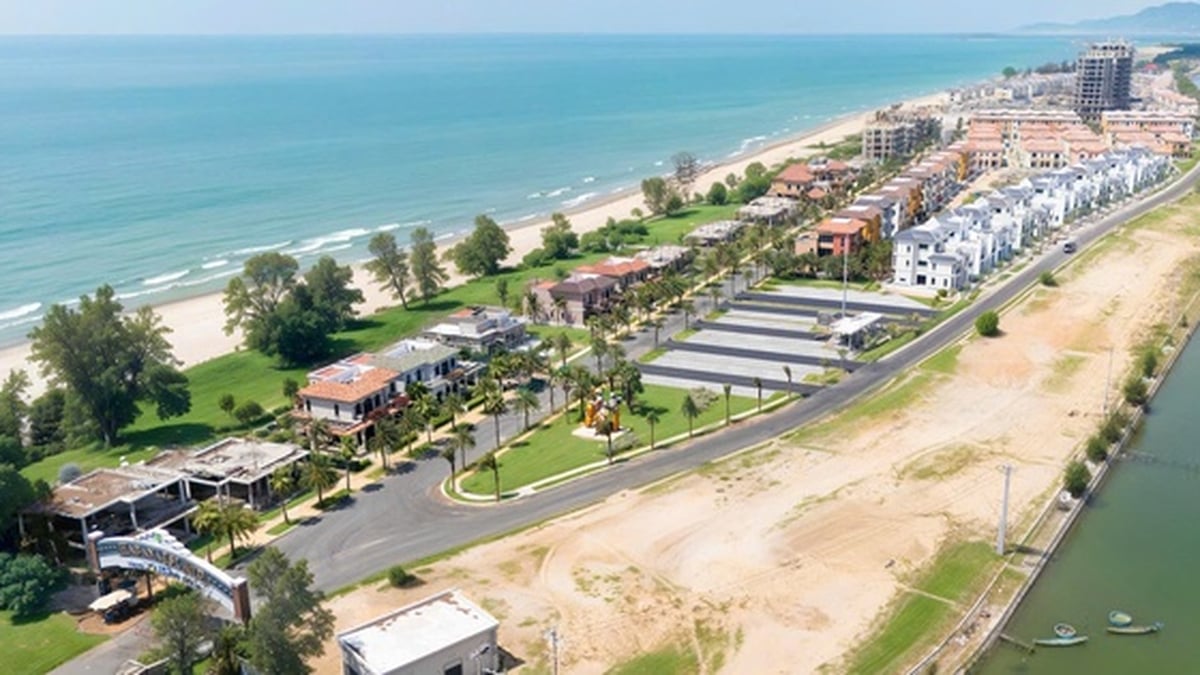






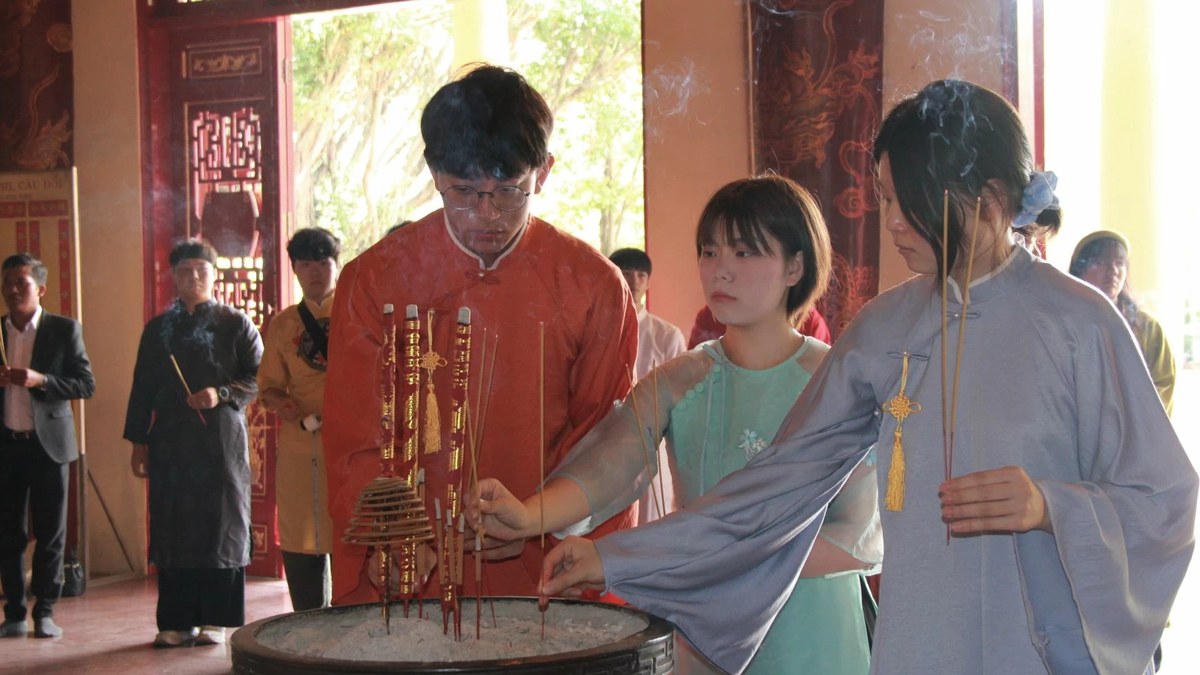















































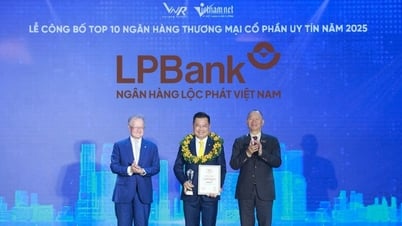




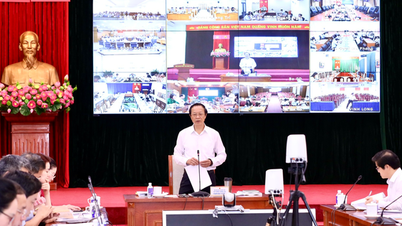

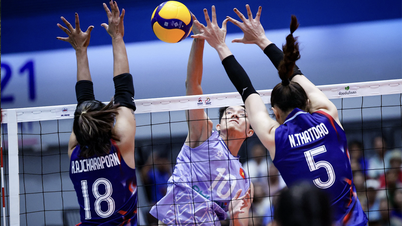
































Comment (0)